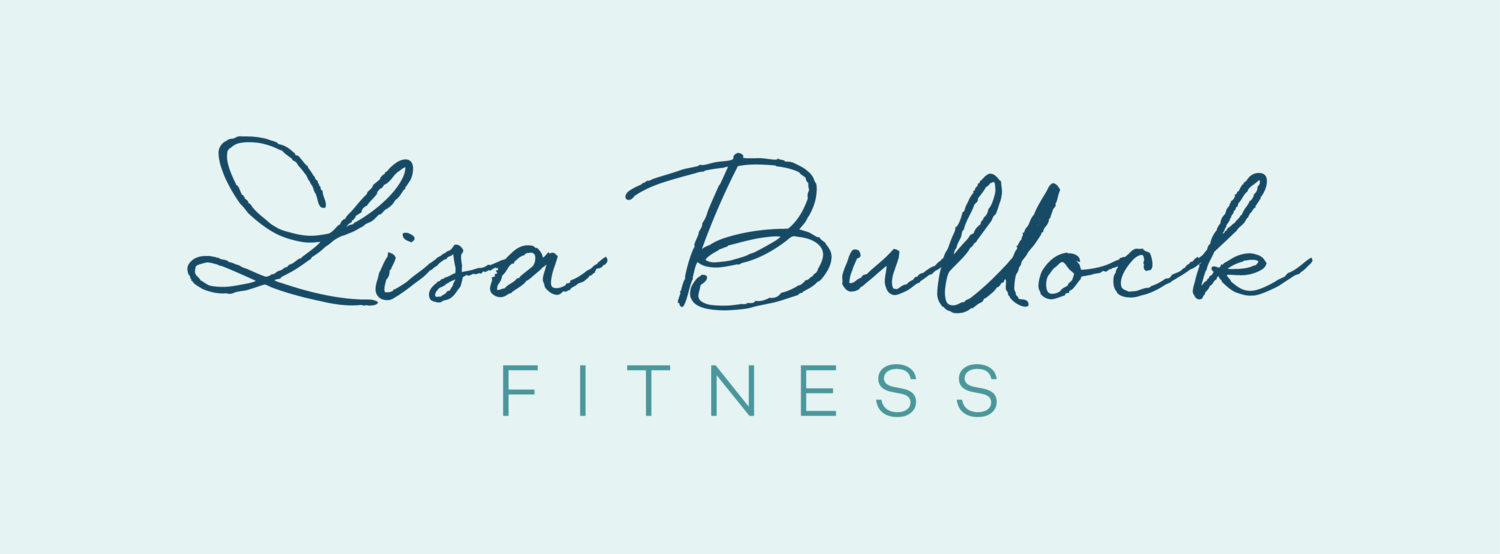Fitball Balance & Core Workout
Adding fitball exercises to a Pilates class or core training session has many benefits for flexibility, mobility, strength, balance and proprioception.
I had a client ask me the other day if she should be experiencing delayed soreness after a ball workout and my simple answer was ‘no’, and that’s a good thing. It means that ball exercises can be done frequently without ill effects, just a load of benefits.
Too many workouts focus on just strength. And that’s awesome. But before strength should come mobility and stability. Let’s not add resistance to a dysfunctional joint or muscle – that way leads only to injury.
Back to the ball – you probably know you should be using deep abdominal muscles for an effective core workout (see some of my favourite ab exercises here) but what you should also be aware of is that your core muscles work to not just strengthen but also to stabilise. Not all movement is good movement and your core acts to protect your spine from movement that could damage it.
Activating pelvic floor muscles and bracing your core transverse muscles are an important part of protecting your spinal health but sometimes learning how to do all that perfectly is confusing and disheartening for those who believe perfection is more important than progression (shame on you! Relax and breathe!).
Sitting (for shorter periods of time, not all day), moving or balancing on the ball automatically activates those deep stabilising core muscles so that you can concentrate on the movement knowing your stabiliser muscles are working to keep you safe.
Having those stabiliser muscles working in a healthy manner is important to support everyday activities like lifting, turning, bending etc. Ever heard of that person who sneezed and put their back out? Or, who just bent over, twisted a little and bang, out when their back .Yep, they need to do some effective core work!
The ball acts like a balance “barometer”. If you’re moving unevenly or have asymmetries in your body, the ball will quickly let you know by rolling and tipping.
Try this simple exercise. Sit with tall posture on a firm fitball. Your hips should be slightly higher than your knees. Rest your hands lightly on your thighs or out to the side for balance and ‘march’ your feet up and down keeping your knees bent. Gently brace your belly and keep the ball perfectly still as you alternate your leg lifts.
How’s your balance? A simple exercise but not always easy especially if you have existing hip issues or a chronically weak core.
We can progress this to four point kneeling on the ball. Don’t try and climb up, keep your knees slightly apart and hands in front of you, and rock in a gentle movement to find your centre of gravity and allow your weight to shift forward over the ball with feet lifting off the floor. Try holding that balance for longer and longer.
But wait! There’s more! From here we’ll progress to either 2 point kneeling which is a small shift back into your knees allowing the hands to come up off the ball or keeping that 4 point kneeling but lifting alternate arms and legs.
Check out the end of the video to see how Alan took his balance training even further!
Don’t expect delayed soreness with this type of training and yes, that’s a good thing. When muscles move through a full range of movement both lengthening and shortening (eccentric and concentric movement) you’ll likely expect soreness the following day especially if the muscle has worked through the lengthening phase of the movement (think deep squats or pushups). Because your core muscles are holding you steady (stable hence their name) rather than actively lengthening you’re unlikely to feel a lot of soreness after a balance workout. Lots of benefits, very few cons.
And anyone can do these balancing exercises from small children (who will simply obliterate an older persons self esteem with their ease and skill) through to older adults or seniors. If you’re very uncertain with your balance just have a sturdy support close by for your confidence and occasional support.
These are just some of the fitball exercises we add to our weekly Pilates classes – find out more about our programs here.

